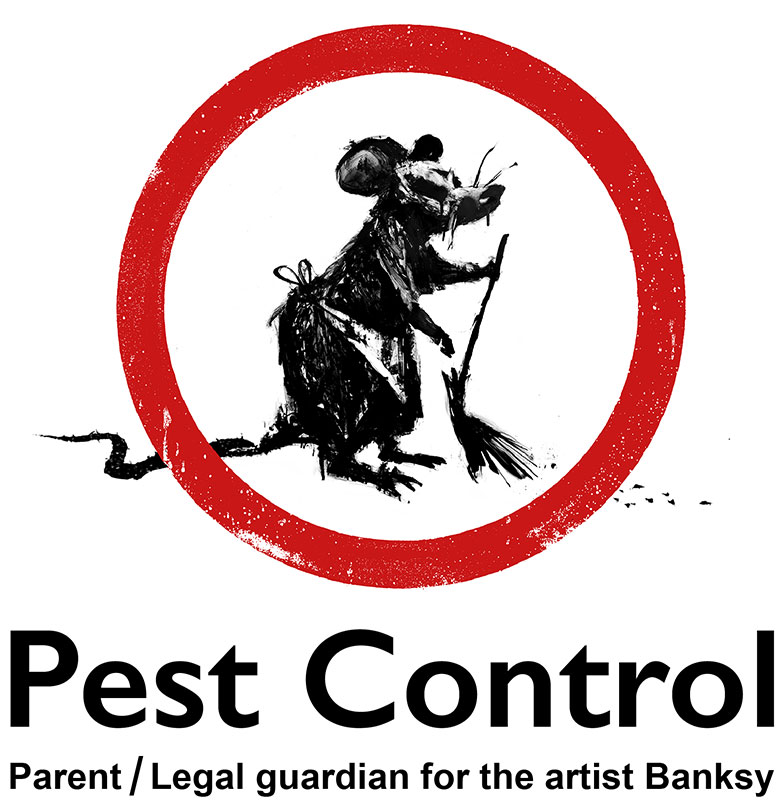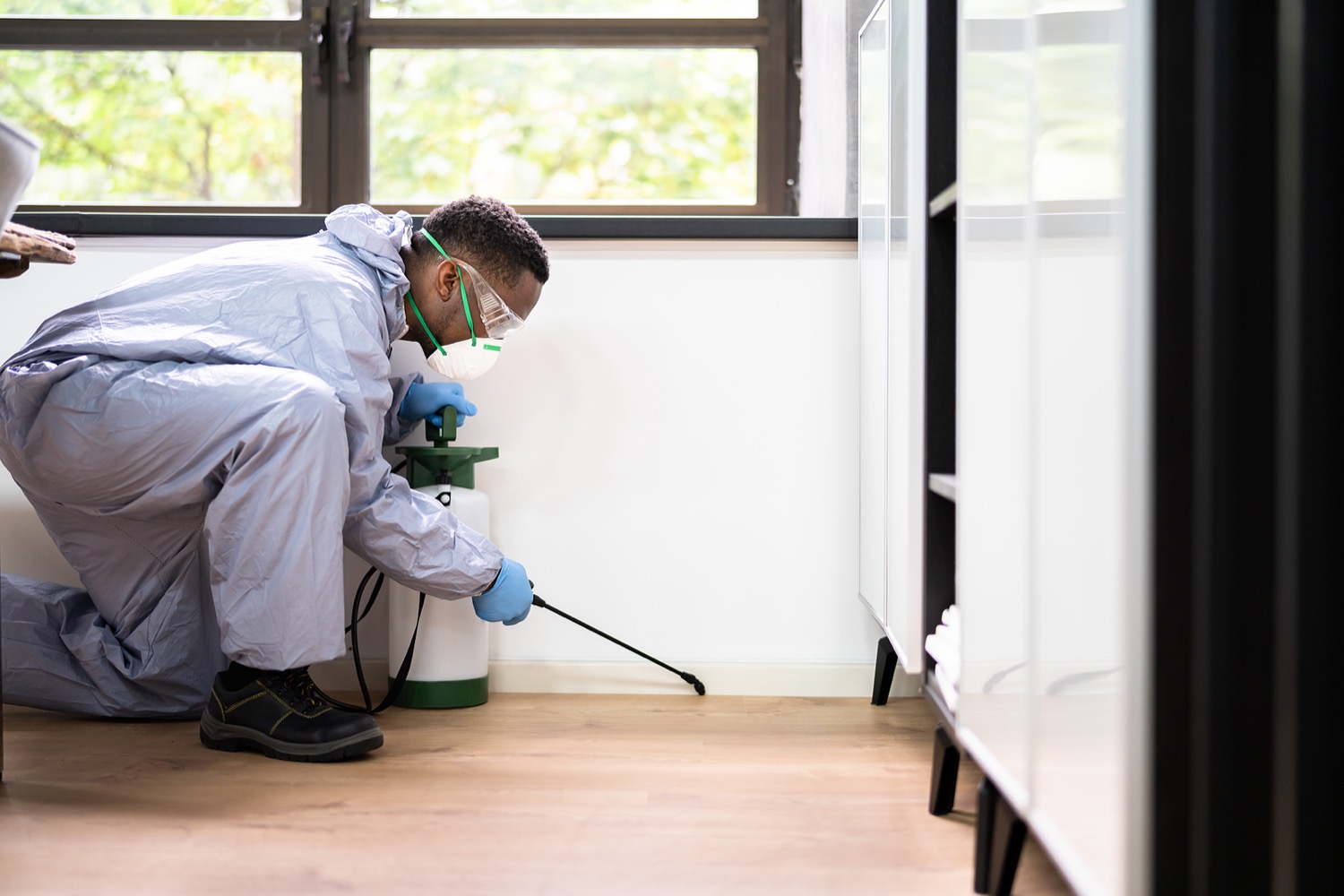Bed Insect Therapy Break Down: Contrasting Chemical Vs. Non-Chemical Solutions
In the world of parasite control, especially when managing the relentless issue of bed pests, the option in between chemical and non-chemical treatment services can be a pivotal one. Both strategies offer distinct benefits and disadvantages, affecting elements such as performance, safety considerations, and overall expense. By checking out the nuanced information of each method, a more clear understanding of which path to go after in attending to a bed bug infestation can be achieved.
Performance of Chemical Treatments
Chemical therapies for bed pest invasions have been extensively recognized for their powerful and quick efficacy in eliminating these bugs. When considering the effectiveness of chemical treatments, it is critical to understand that they can offer a extensive and fast option to a bed bug problem.
Additionally, chemical treatments have the benefit of using recurring impacts, indicating that they can proceed to remove bed insects also after the preliminary application. This residual action is specifically helpful in combating any kind of potential re-infestations. In addition, the quick activity of chemical treatments can bring relief to people dealing with severe bed bug infestations, enabling them to regain control of their space promptly.
Safety Interest In Chemical Solutions
One vital element that requires careful consideration when utilizing chemical services for bed insect therapy is guaranteeing the security of owners and the environment. Exposure to certain chemicals used in bed bug therapies can lead to breathing problems, skin irritability, or various other negative responses, especially in individuals with pre-existing problems or sensitivities.
Furthermore, the ecological effect of chemical remedies is an additional significant factor to consider. Some pesticides utilized in bed pest therapies may be hazardous to useful bugs, wild animals, and ecological communities if they leach into the soil or water systems. It is important to make use of chemical therapies sensibly, following safety and security guidelines, and considering less poisonous alternatives to mitigate these risks and ensure the efficient and secure management of bed pest infestations.
Advantages of Non-Chemical Approaches
Considering the potential safety and security concerns and environmental effect connected with chemical solutions for bed pest therapy, checking out non-chemical approaches presents an appealing alternative with several distinct benefits. Non-chemical techniques use a safer choice for houses, particularly those with people, children, or family pets conscious harsh chemicals. These approaches get rid of the dangers of exposure to harmful materials, lowering the potential for damaging health impacts. In addition, non-chemical treatments are ecologically pleasant, as they do not add to air or water contamination, making them a lasting choice for insect control.
Additionally, non-chemical solutions can be effective in targeting bed bugs, consisting of hard-to-reach areas where chemical treatments may not pass through - A1 bed bug exterminator charlotte. Approaches such as warm treatment, vacuuming, heavy steam cleaning, and bed mattress encasements supply comprehensive removal without the use of dangerous chemicals.
Limitations of Non-Chemical Treatments

Additionally, non-chemical therapies typically call for multiple applications to accomplish effective removal. This can be taxing and may not always assure full elimination of all bed insects and their eggs, specifically in hard-to-reach or hidden areas.
Furthermore, the success of non-chemical treatments heavily depends on proper application and thoroughness, which can be testing for people without specialist expertise. Inadequate application of non-chemical techniques might cause insufficient eradication, resulting in consistent problems and the demand for added treatments.
For that reason, while non-chemical treatments have their advantages, it is necessary to recognize these limitations and consider them when establishing the most efficient approach for managing bed insect invasions.
Expense Contrast: Chemical Vs. Non-Chemical Options
Given the restrictions related to non-chemical treatments, a crucial facet to evaluate in the context of bed bug management is the price contrast in between chemical and non-chemical alternatives. Chemical treatments commonly include the application of pesticides by experts, which can range from $250 to $900 per area, depending on the intensity of the infestation and the dimension of the location to be treated. rat terminator On the other hand, non-chemical therapies like warmth treatment or steam can be a lot more pricey, with prices varying from $1,000 to $6,000 for an entire home. While the first price of chemical treatments may seem reduced, multiple treatments might be needed to completely eradicate the problem, potentially increasing the total cost. On the various other hand, non-chemical choices may supply a more sustainable and eco-friendly remedy, although they can be cost-prohibitive for some individuals. Inevitably, when thinking about the cost of bed insect treatment choices, it is necessary to consider the upfront expenditures against the performance and long-lasting sustainability of the picked technique.
Final Thought

Taking into consideration the prospective safety concerns and ecological influence associated with chemical services for bed pest therapy, checking out non-chemical approaches presents an appealing option with a number of unique benefits.Given the restrictions connected with non-chemical therapies, a necessary element to review in the context of bed pest monitoring is the price comparison in between chemical and non-chemical choices. In comparison, non-chemical therapies like warmth therapy or heavy steam can be more costly, with prices ranging from $1,000 to $6,000 for bug exterminator near me a whole home. While the preliminary expense of chemical treatments may seem reduced, numerous therapies might be needed to fully eradicate the infestation, possibly boosting the general expense.In final thought, when contrasting chemical and non-chemical bed insect treatment options, it is important to think about effectiveness, safety, benefits, limitations, and price.